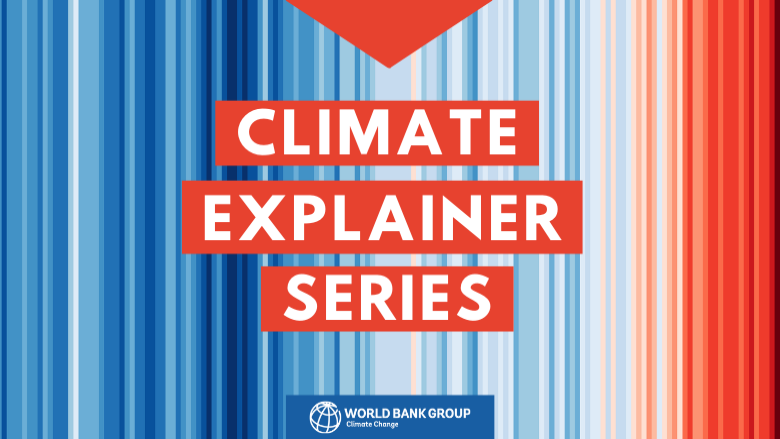The World Bank views climate action as fundamental to alleviating poverty and boosting shared prosperity, on a livable planet. Carbon markets can help countries achieve their climate goals, but they need to be transparent, trusted and high integrity. Recognizing this, the World Bank has developed an Engagement Roadmap for Carbon Markets to guide its programs. Part of the Roadmap includes a new and innovative crediting approach to support countries’ efforts to meet their Nationally Determined Contributions (NDCs), align with Article 6 of the Paris Agreement, and move climate action from the project level to actions that transform entire sectors: policy crediting.
How does policy crediting work?
Policy crediting is a mechanism to reward countries for making policy changes that along with broader development impacts, lead to a decrease of greenhouse gas emissions in the atmosphere. It is a way of addressing the underlying causes of emissions and reducing and eliminating them throughout an entire sector. Changes in policy are designed to lead to a reduction in emissions. During this process, these reductions are monitored, reported on, and verified – eventually becoming carbon credits. Countries and communities are rewarded with payments for the carbon credits – either through pre-arranged payment agreements, or by selling them through carbon markets.
Policy crediting is a mechanism to reward countries for making policy changes that along with broader development impacts, lead to a decrease of greenhouse gas emissions in the atmosphere.
When evaluating a policy crediting program, it is necessary to identify the fundamental challenges in a country or region that is generating excess carbon, and then work with the government to evaluate how a change in policy could alleviate the issues. When this type of action happens, we can address underlying causes of emissions and enable environmental benefits across the board. This can be done through policy changes that remove harmful subsidies and correct the energy end users’ wasteful behavior, thus reducing demand for fossil fuel-generated energy. Reduction of fossil-fuel subsidies also helps restore financial sustainability in the energy sector, enabling an equal playing field for renewable investment, a successful transition and more clean energy usage that can be rewarded with carbon credits.
For instance, in Uzbekistan, energy subsidies have been distorting the actual costs of energy use and production. With the support of the World Bank supported Innovative Carbon Resource Application for Energy Transition Project - iCRAFT project (funded by Transformative Carbon Asset Facility – TCAF) fund, the government of Uzbekistan is gradually reducing subsidies which is expected to result in more efficient energy use and also create more incentives for renewable energy scale-up. The first results-based payment for the verified emission reductions was made in June 2024. The country is rewarded for the reduction in greenhouse gases through payments from TCAF for verified carbon credits.

